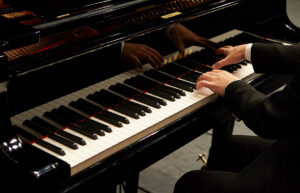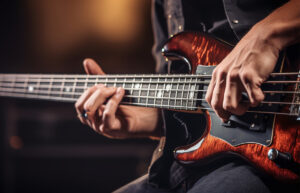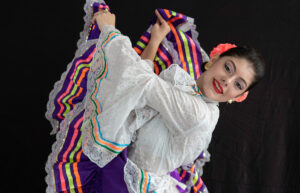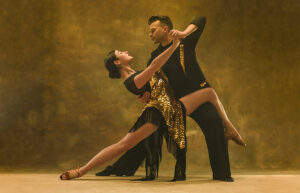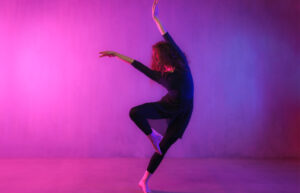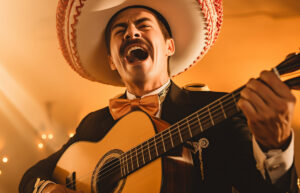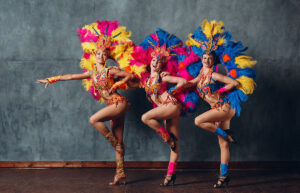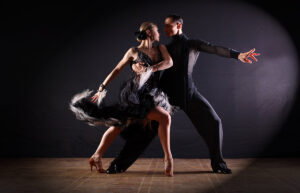How to Line Dance: Steps, Benefits, Types & Popular Line Dance Songs
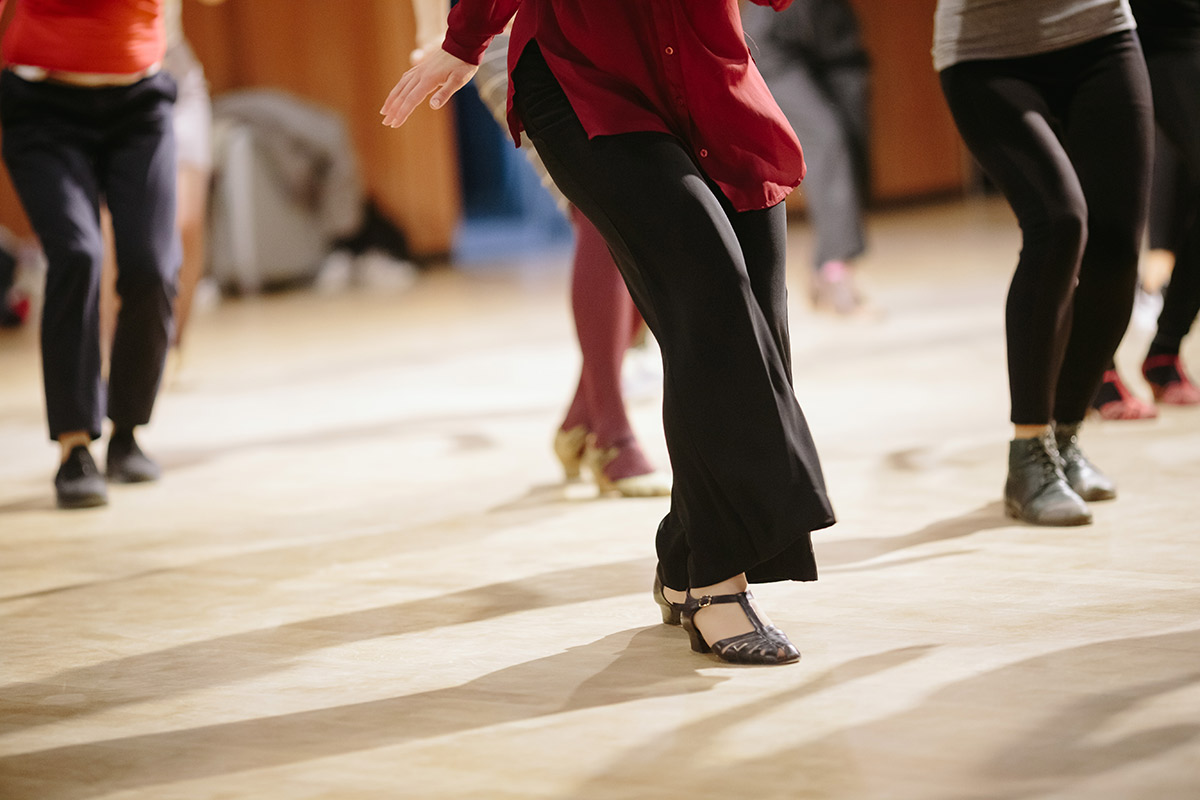
Welcome to your ultimate guide on how to line dance! This comprehensive guide goes beyond just steps and music; it’s about finding joy in movement and experiencing the satisfaction of mastering a new routine. Dive into the world of line dancing and discover the myriad benefits of this dance form. Plus, we’ll introduce you to popular line dances and songs to kickstart your line dancing journey.
Welcome to TheDemoStop, now join the community!
Connect with artists, fans and producers around the world.
What is line dancing?
Line dancing is a form of dance in which a group of people, usually standing in lines facing the same direction, perform dance movements in unison. This dance style gained popularity in the late 20th century. Furthermore, it can be applied to various music genres, including country, pop, and rock.
How to line dance?
Learning how to line dance is a breeze, making it perfect for beginners. With most moves consisting of simple walking steps, mastering the dance is easily achievable independently. All it takes to know how to line dance is some practice counting and grasping the basics of footwork.
Counting in a line dance is straightforward, typically following a 4/4 time signature. This means performing four steps to the beat of the song. Whether it’s counting as 1, 2, 3, 4 – 1, 2, 3, 4, or 5, 6, 7, 8, mastering the correct count ensures smooth execution of the dance steps.
Five basic line dance steps
Grapevine
The grapevine is a sidestepping movement where the dancer steps to the side with one foot, crosses the other foot behind, steps to the side again, and then brings the trailing foot to meet the leading foot. The pattern can be repeated in the opposite direction.
Weave
Weaving is a sequence of steps that involves crossing one foot over the other and then stepping the other foot to the side. This movement often creates a weaving or crisscrossing pattern as dancers move in a line.
Scoot
Scooting typically involves a quick sideways movement of the feet. Dancers may step or slide to the side in a scooting motion, often alternating between the left and right feet.
Brush
The brush step is a quick and light movement where the foot lightly taps the floor without bearing weight. It’s commonly used to add a percussive element to the dance and can be executed with either the toes or the heel.
Kick
The kick is a straightforward movement where the dancer raises one leg and extends it forward, usually with a straight knee. The kick can vary in height and intensity and is often used to add dynamic energy to a dance routine.
Benefits of line dance
Physical health benefits
- Cardiovascular health: Line dancing is a form of cardiovascular exercise involving continuous movement, effectively elevating the heart rate. Engaging in this activity regularly can improve heart and lung health.
- Muscle tone and strength: Line dancing enhances muscle tone and strength by engaging multiple muscle groups through its repetitive steps and movements. Focus is particularly on the legs, hips, and core, leading to improved overall strength.
- Flexibility: Joint mobility and flexibility are improved through the incorporation of diverse motions in many line dance routines.
- Coordination and balance: Learning and executing dance steps in sync with music improves coordination and balance, benefiting overall physical stability.
Mental and emotional well-being
- Stress reduction: Line dancing can serve as a stress reliever, providing an enjoyable and rhythmic activity that temporarily allows individuals to escape daily stressors.
- Mood enhancement: Physical activity, especially with music and social interaction, can release endorphins, contributing to a positive mood and reducing anxiety or depression.
- Cognitive benefits: Learning and remembering dance routines stimulate the brain, promoting cognitive function and memory. This can be particularly beneficial for older adults.
Social benefits
- Community and connection: Line dancing is often done in groups, fostering community and connection among participants. It provides an opportunity for socializing and making new friends.
- Inclusivity: Line dancing is accessible to people of various ages and skill levels, creating an inclusive environment where individuals can participate regardless of their dance experience.
Types of line dance
Cupid Shuffle
The Cupid Shuffle is a line dance that gained popularity in the mid-2000s. It is often danced to the song of the same name by Cupid (Bryson Bernard). The dance involves a series of easy-to-follow steps that include a grapevine, a shuffle, and specific turns, all coordinated with the song’s lyrics. The Cupid Shuffle is known for its catchy rhythm and energetic vibe.
Cowboy boogie
Cowboy boogie is a line dance often associated with country music. It gained popularity with the song “Cowboy Boogie” by the artist Marty T and has become a favorite at country dance clubs and events. The dance incorporates elements of traditional country steps with a modern twist. Dancers perform moves like grapevines, heel taps, and hip sways, creating a fun and lively routine.
Welcome to TheDemoStop, now join the community!
Connect with artists, fans and producers around the world.
Electric Slide
Often danced to the song “Electric Boogie” by Marcia Griffiths, the Electric Slide is a classic line dance with easy-to-follow steps. Its popular steps include grapevine, step back and forward, and snap.
Cha-Cha Slide
The Cha-Cha Slide is danced to the song of the same name by DJ Casper (Mr. C, The Slide Man). The dance involves a series of slides, steps, and claps, and it’s known for its catchy instructions in the song lyrics.
Popular line dance songs
“Boot Scootin’ Boogie” by Brooks & Dunn
The song “Boot Scootin’ Boogie” by Brooks & Dunn is a country hit synonymous with country line dancing. The dance associated with this song typically involves a combination of steps such as grapevines, heel-toe taps, and spins. The lively and energetic dance style fits well with the upbeat tempo of the song.
“Achy Breaky Heart” by Billy Ray Cyrus
“Achy Breaky Heart” by Billy Ray Cyrus is a country classic that gained immense popularity in the early 1990s. The line dance associated with this song is often called the “Achy Breaky Heart line dance” or simply the “Achy Breaky.” It includes simple steps like grapevines, shuffles, and turns, making it accessible for dancers of various skill levels.
“Watermelon Crawl” by Tracy Byrd
“Watermelon Crawl” by Tracy Byrd is another country song with a catchy tune that has inspired a line dance of the same name. The dance mimics the lyrics, incorporating moves that resemble the actions of “crawling” and “slipping on a watermelon rind.” Dancers often enjoy the playful and thematic elements of this dance.
Conclusion
What is line dancing?
Line dancing is a choreographed dance where people dance in one or more lines or rows facing the same direction and simultaneously executing the same choreographed movements.
How to line dance?
Most dancing involves 4/4 stepping. To count, do 1, 2, 3, 4 or 5, 6, 7, 8.
Five basic line dance steps
- Grapevine
- Weave
- Scoot
- Brush
- Kick
Benefits of line dancing
- Physical health benefits
- Mental and emotional well-being
- Social benefits
Popular line dances
- Cupid Shuffle
- Cowboy Boogie
- Electric Slide
- Cha-Cha Slide
Popular line dance songs
- “Boot scootin’ boogie” (Brooks & Dunn)
- “Achy breaky heart” (Billy Ray Cyrus)
- “Watermelon Crawl” (Tracy Byrd)
FAQs
What's the easiest line dance to learn?
Some of the easiest line dances to learn are the Cupid Shuffle and Electric Slide.
Can you teach yourself to line dance?
Yes, you can teach yourself to line dance these steps:
- Learn the basic dance steps.
- Watch YouTube videos.
- Join online communities.
- Practice regularly.
What is the most popular line dance?
- Cupid Shuffle
- Cowboy Boogie
- Electric Slide
- Cha-Cha Slide
How do people learn line dancing?
People learn line dancing through online classes, YouTube videos, private lessons, and so on.
What is the hardest line dance to learn?
Four-wall is considered one of the hardest line dances to learn. In this type of line dance, the direction faced at the end is 90 degrees to the right or left from that faced at the beginning.





